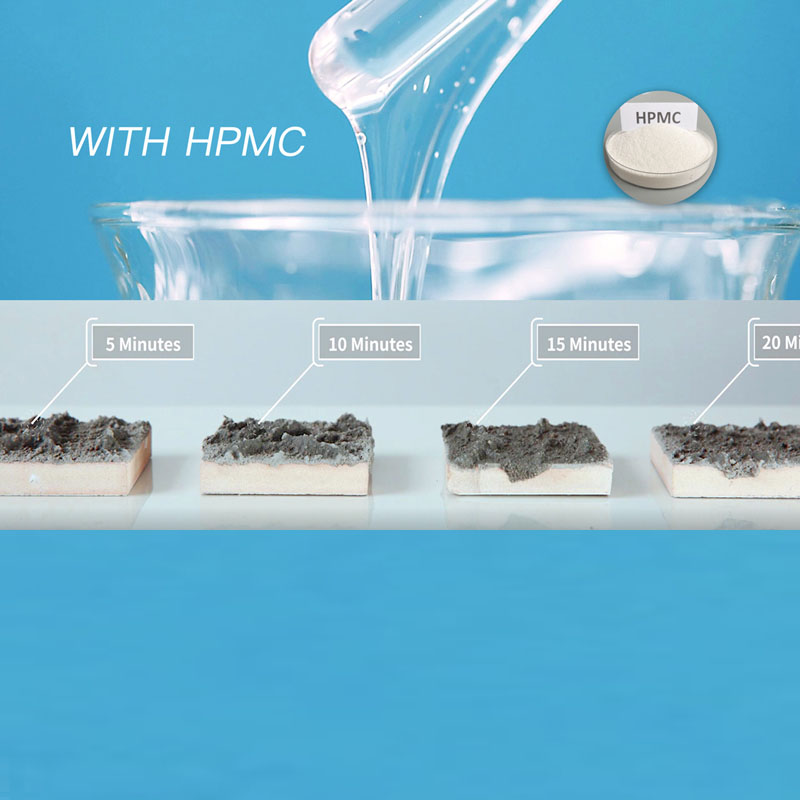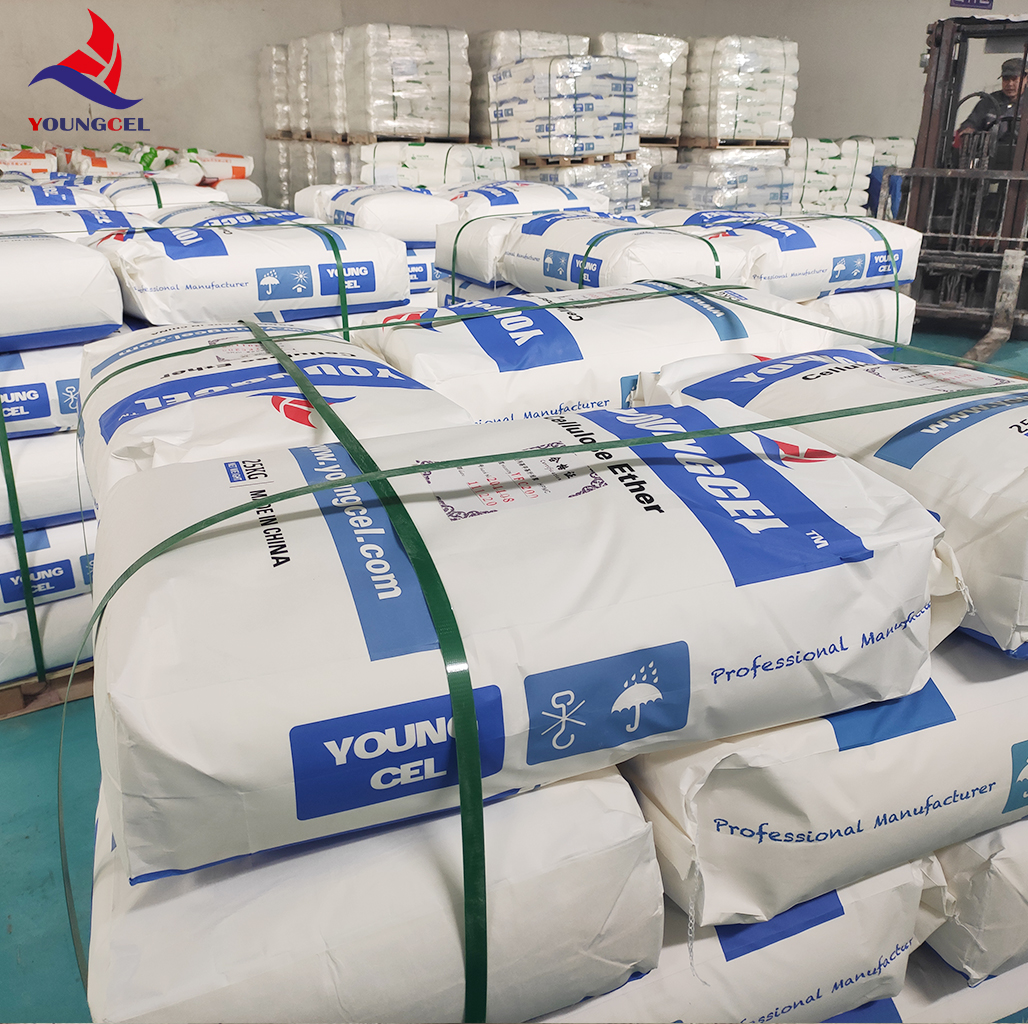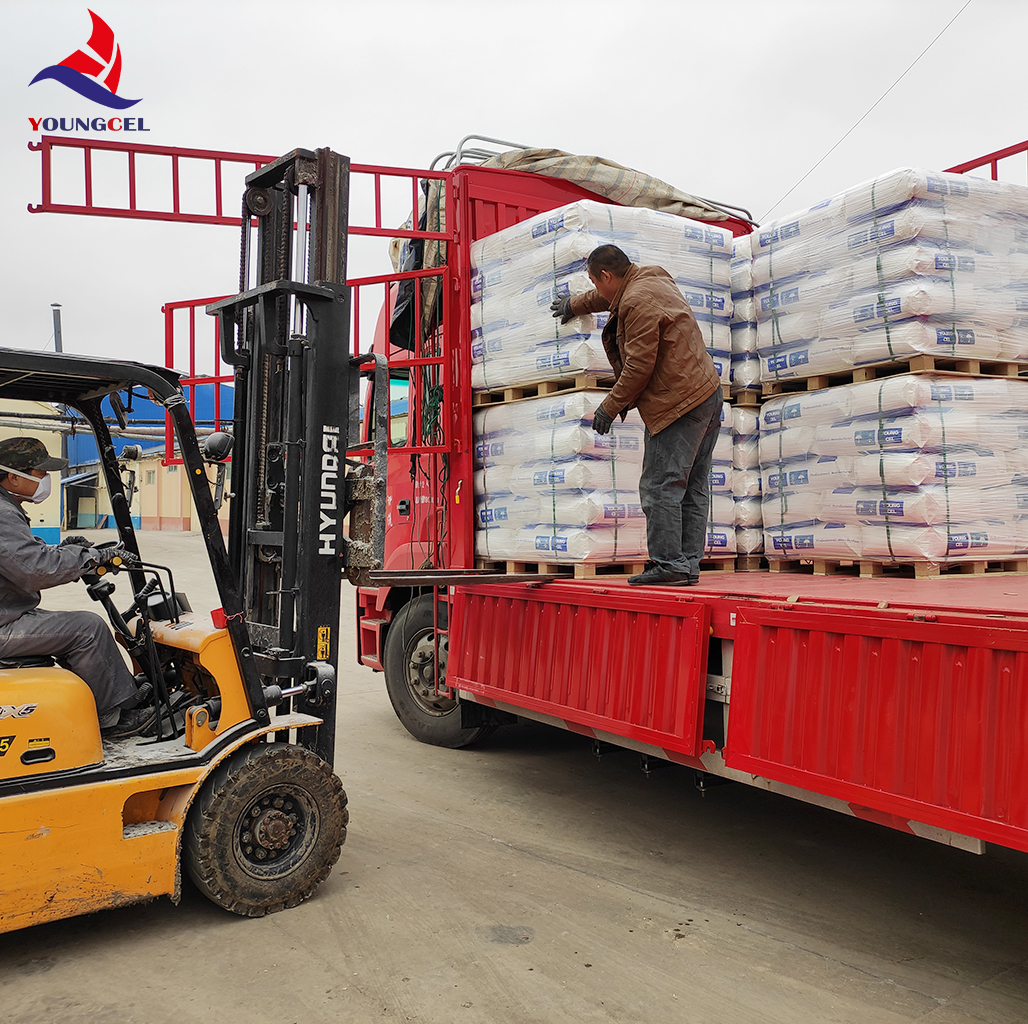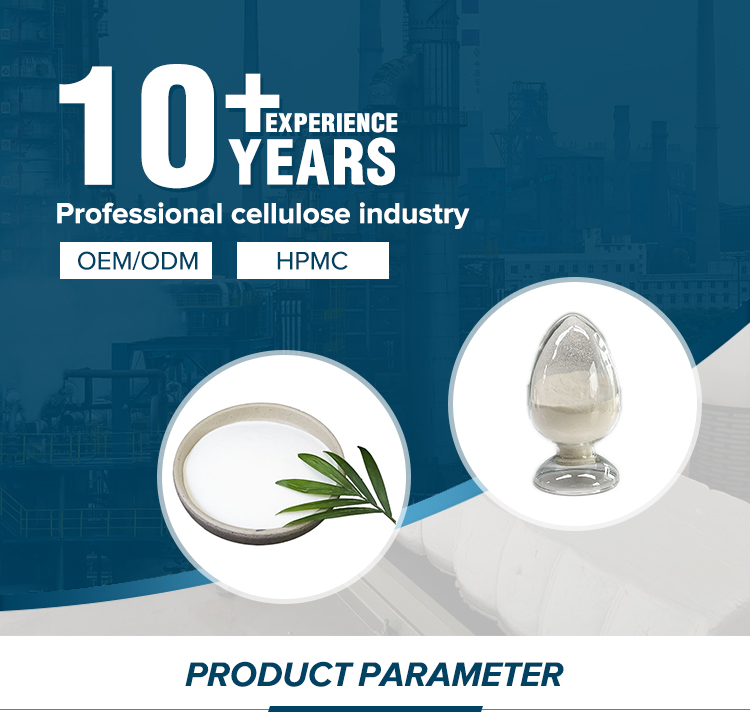Hydroxypropyl Methyl Cellulose (HPMC) is a high-performance chemical additive that has become indispensable in the construction industry. As a derivative of cellulose, HPMC offers unique properties that enhance the performance of cement mortars, tile adhesives, and plaster formulations. This article explores the technical specifications, applications, and advantages of HPMC, while also providing insights into the company behind this innovative product: Shijiazhuang Gaocheng District Yongfeng Cellulose Co., Ltd.
Product Overview
HPMC, also known as hydroxypropyl methyl cellulose, is a synthetic polymer derived from cellulose. It is produced by etherifying purified cotton fiber under alkaline conditions. This process results in a substance with exceptional thickening, water retention, and film-forming properties. HPMC is widely used as a chemical auxiliary agent in construction materials, where it improves workability, adhesion, and durability.
The product described here is specifically tailored for tile adhesive and plaster additive applications. Its chemical structure allows it to dissolve in water and certain solvents, forming transparent, stable solutions with surface activity. This makes it ideal for use in cement-based systems where consistency and performance are critical.



Technical Specifications
| Parameter | Specification |
|---|---|
| Appearance | Milky white or white powder |
| Carbonization Temperature | 280-300% |
| Color Temperature | 190-200% |
| Particle Size | 100 mesh pass rate >98.8%; 80 mesh pass rate 99.9%; Special specifications: 40-60 mesh |
| Apparent Density | 0.25-0.70 g/cm³ (typically 0.5 g/cm³) |
| Specific Gravity | 1.26-1.31 |
| Solubility | Soluble in water and solvents like ethanol/water or propanol/water mixtures |
Key Features and Advantages
HPMC's unique properties make it a preferred choice in construction applications. Some of its standout features include:
- Thickening Ability: Enhances the viscosity of cementitious mixtures, improving workability and reducing sagging.
- Salt Resistance: Maintains stability in the presence of salts, preventing premature drying and cracking.
- Water Retention: Ensures consistent moisture levels, which is critical for proper curing of mortars and adhesives.
- Dimensional Stability: Minimizes shrinkage and deformation during drying.
- Adhesion and Dispersibility: Promotes strong bonding between materials and ensures even distribution of components.
Applications in the Construction Industry
HPMC is a versatile additive with applications across various construction sectors. Below are some of its primary uses:
1. Cement Mortar
HPMC improves the workability and cohesion of cement mortars, making them easier to apply and more resistant to cracking. It also enhances the bond between the mortar and the substrate.
2. Ceramic Tile Cement
In tile adhesives, HPMC ensures strong adhesion and prevents tiles from slipping during installation. Its water retention properties help maintain the integrity of the adhesive layer.
3. Refractory Coatings
HPMC acts as a suspension agent and fluidity improver in asbestos and other refractory coatings. It improves the adhesion of the coating to the substrate, even under high-temperature conditions.
4. Gypsum Coagulant Slurry
When added to gypsum-based slurries, HPMC increases water retention and workability, ensuring a smooth and uniform application. It also enhances adhesion to the substrate.
5. Joint Cement
HPMC is used in joint cements for gypsum boards to improve fluidity and water retention, resulting in stronger and more durable joints.

Company Background: Shijiazhuang Gaocheng District Yongfeng Cellulose Co., Ltd.
Shijiazhuang Gaocheng District Yongfeng Cellulose Co., Ltd. is a leading manufacturer of cellulose-based chemical additives, including HPMC. With a focus on quality and innovation, the company has established itself as a reliable supplier to the construction and chemical industries. Their products are designed to meet the demanding requirements of modern construction projects.
The company's commitment to excellence is reflected in its rigorous quality control processes and adherence to international standards. By leveraging advanced production technologies, Yongfeng Cellulose ensures that its HPMC products deliver consistent performance and reliability.
Conclusion
Hydroxypropyl Methyl Cellulose (HPMC) is a critical component in modern construction materials, offering unmatched performance in terms of adhesion, water retention, and workability. Its versatility makes it an essential additive for tile adhesives, cement mortars, and other construction applications. Shijiazhuang Gaocheng District Yongfeng Cellulose Co., Ltd. continues to lead the way in providing high-quality HPMC solutions that meet the evolving needs of the industry.
References
For further information on the technical standards and properties of cellulose-based materials, refer to the National Institute of Standards and Technology (NIST). NIST provides authoritative guidelines and research on materials science, which can be used to validate the performance characteristics of HPMC and similar compounds.
Keywords: Hydroxypropyl Methyl Cellulose, Shijiazhuang Gaocheng District Yongfeng Cellulose Co., Ltd., NIST
-
Understanding Methyl 2 Hydroxyethyl Cellulose: Uses, Benefits & Industry InsightsNewsNov.24,2025
-
Hydroxyethyl Methyl Cellulose HEMC: Industrial Uses, Benefits & Future TrendsNewsNov.23,2025
-
HEMC Cellulose: Versatile & Sustainable Industrial Polymer | YoungcelNewsNov.23,2025
-
Methyl Hydroxyethyl Cellulose: Versatile Building Block for Industry & SustainabilityNewsNov.23,2025
-
CAS 9032 42 2: Understanding Polyvinyl Alcohol's Impact on Industry & SustainabilityNewsNov.22,2025
-
Hydroxyethyl Methyl Cellulose: Versatile Solutions for Modern Industry and SustainabilityNewsNov.22,2025




